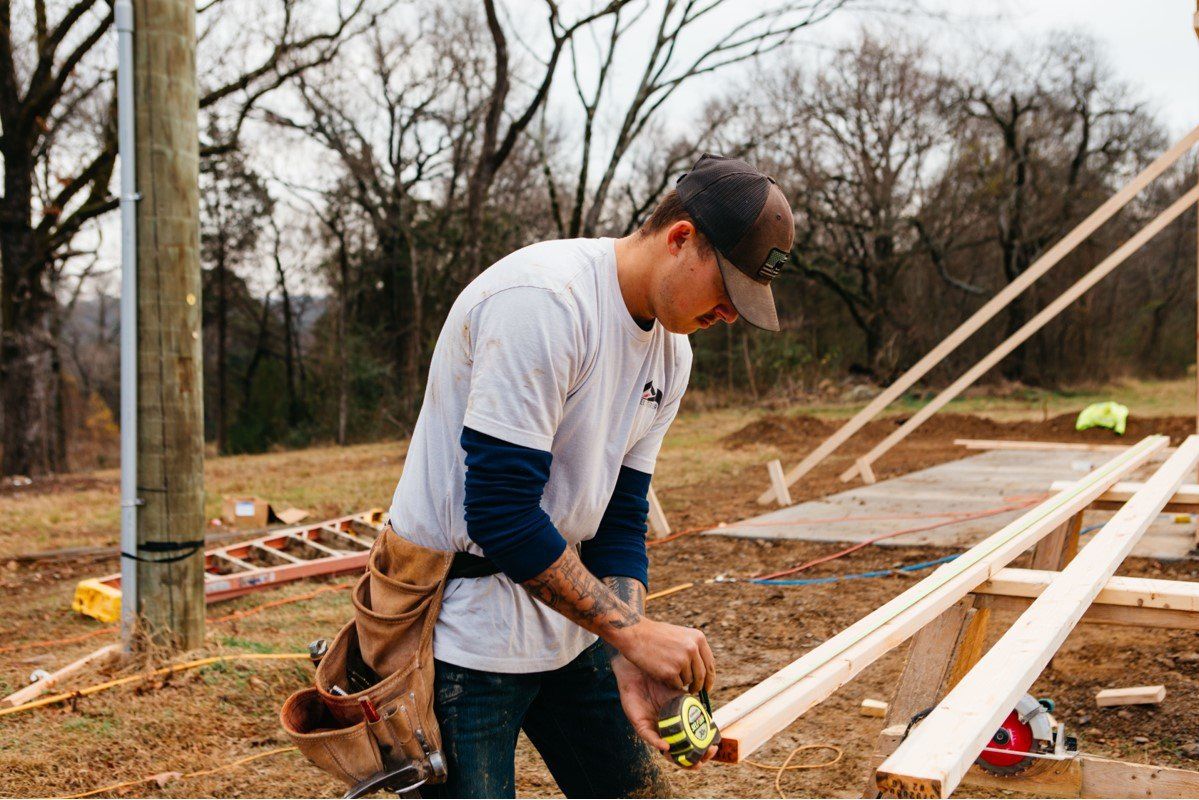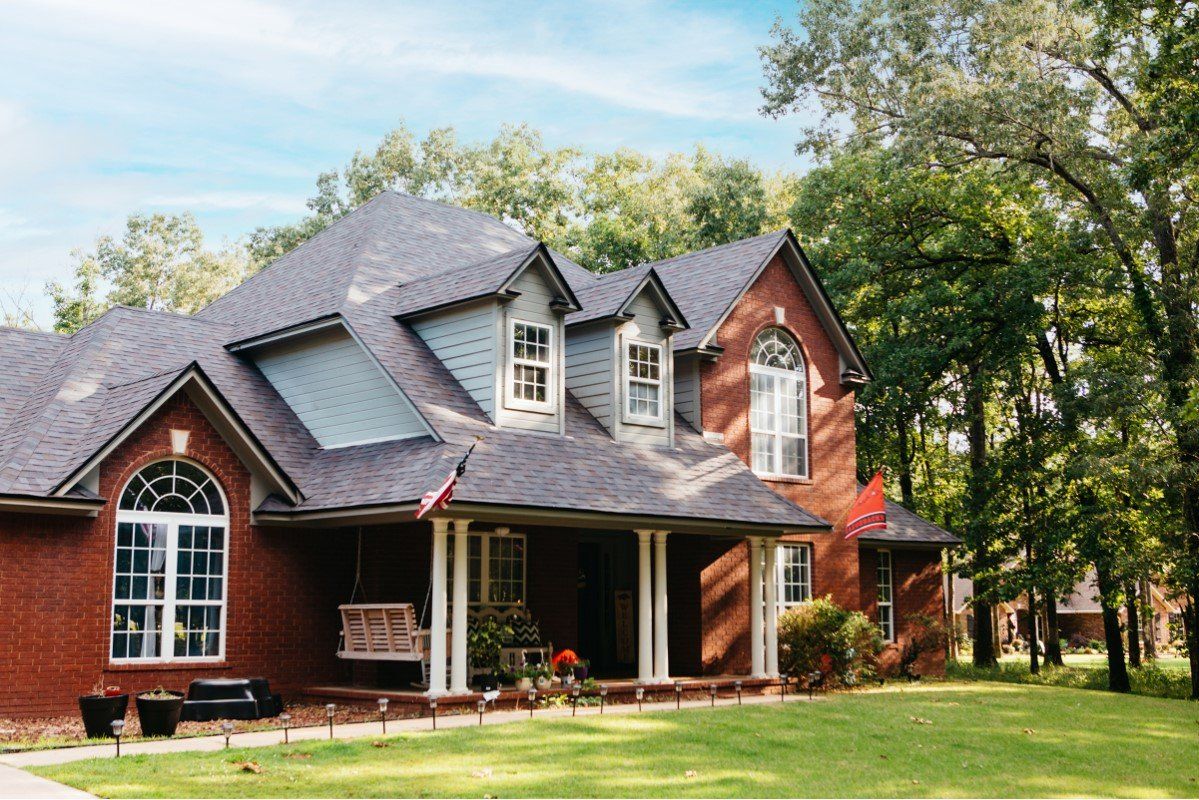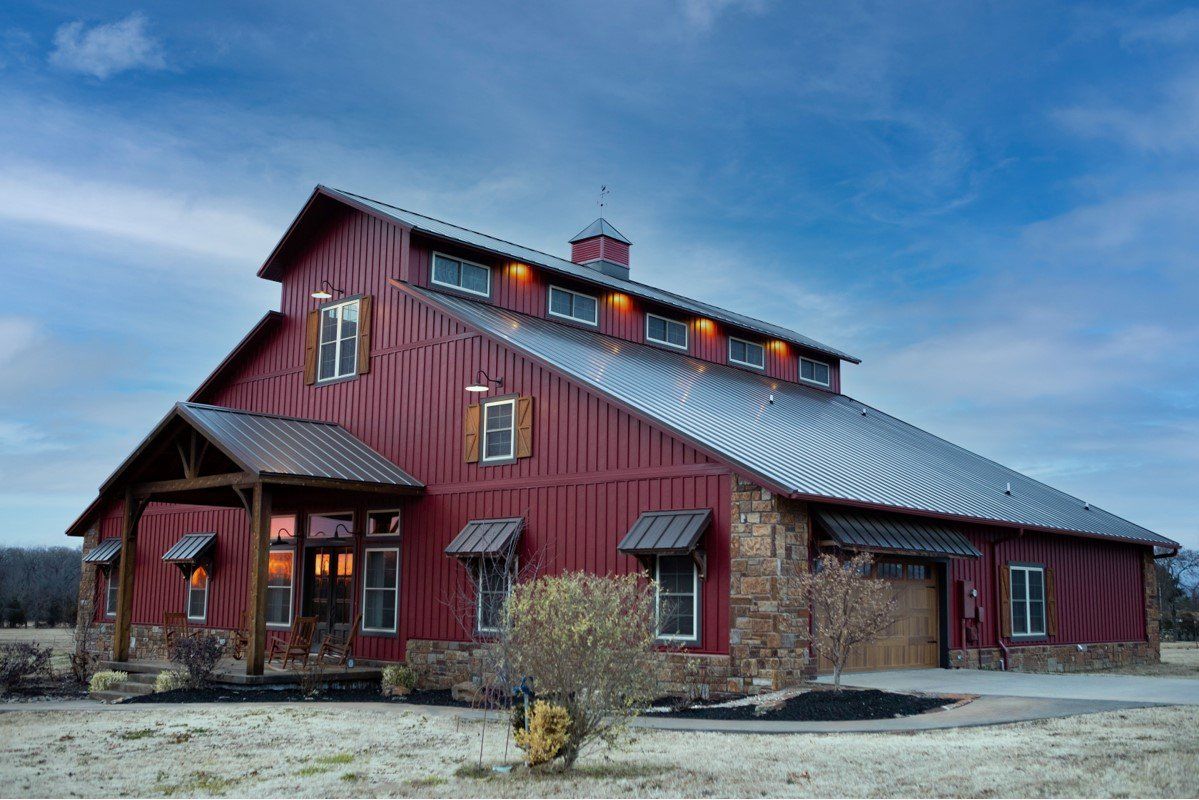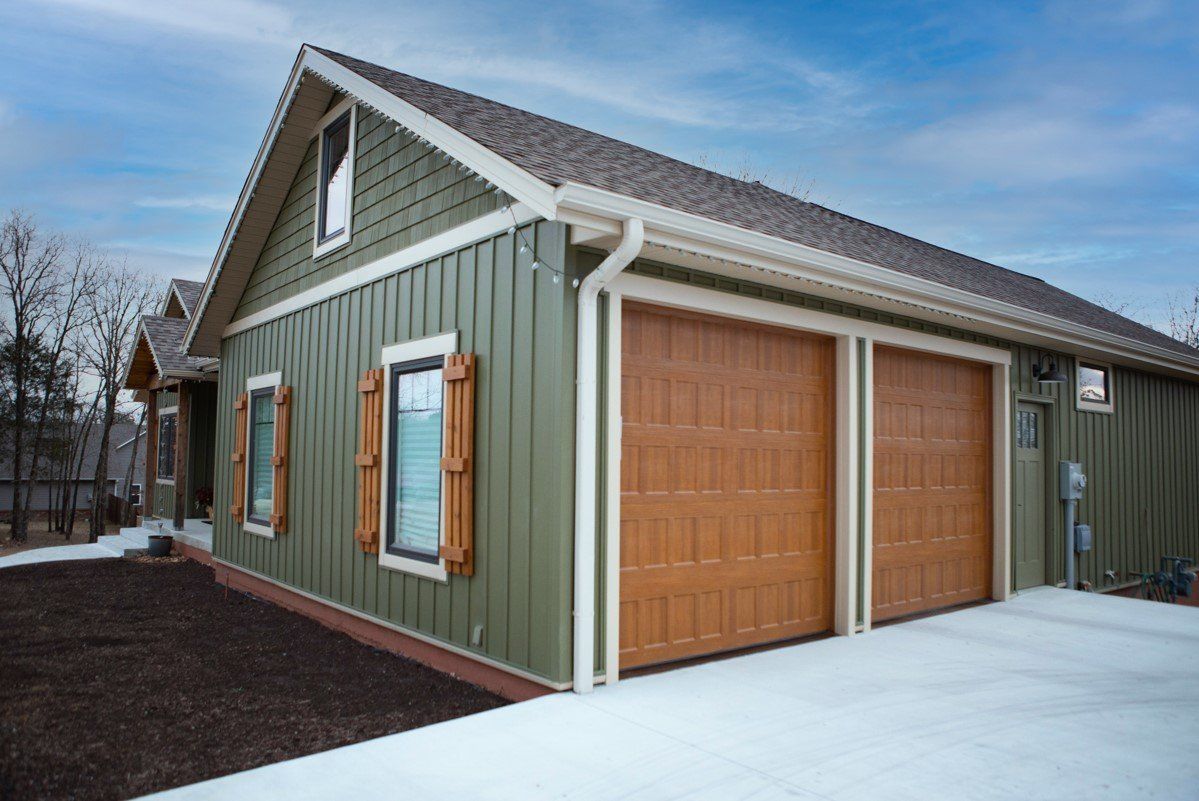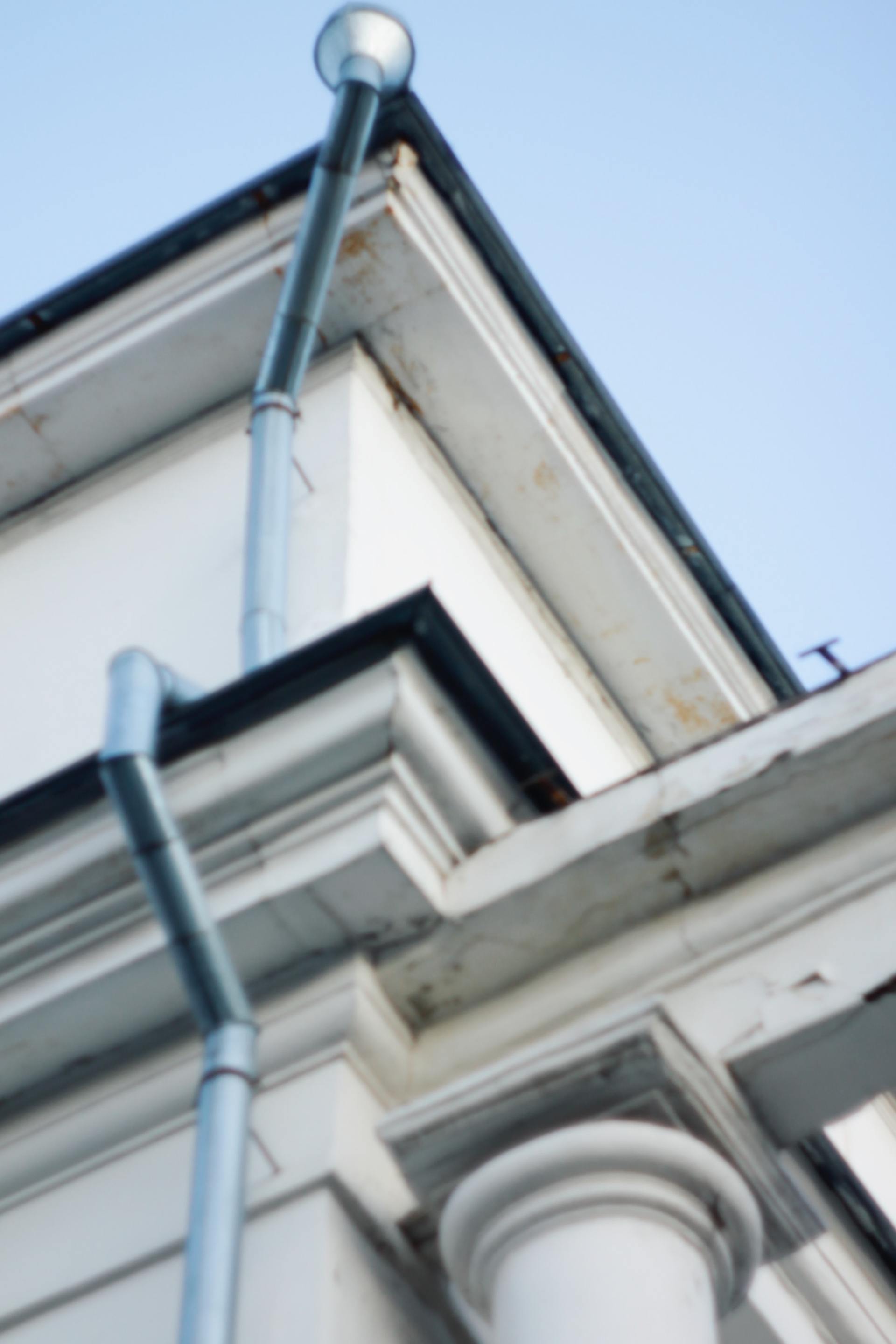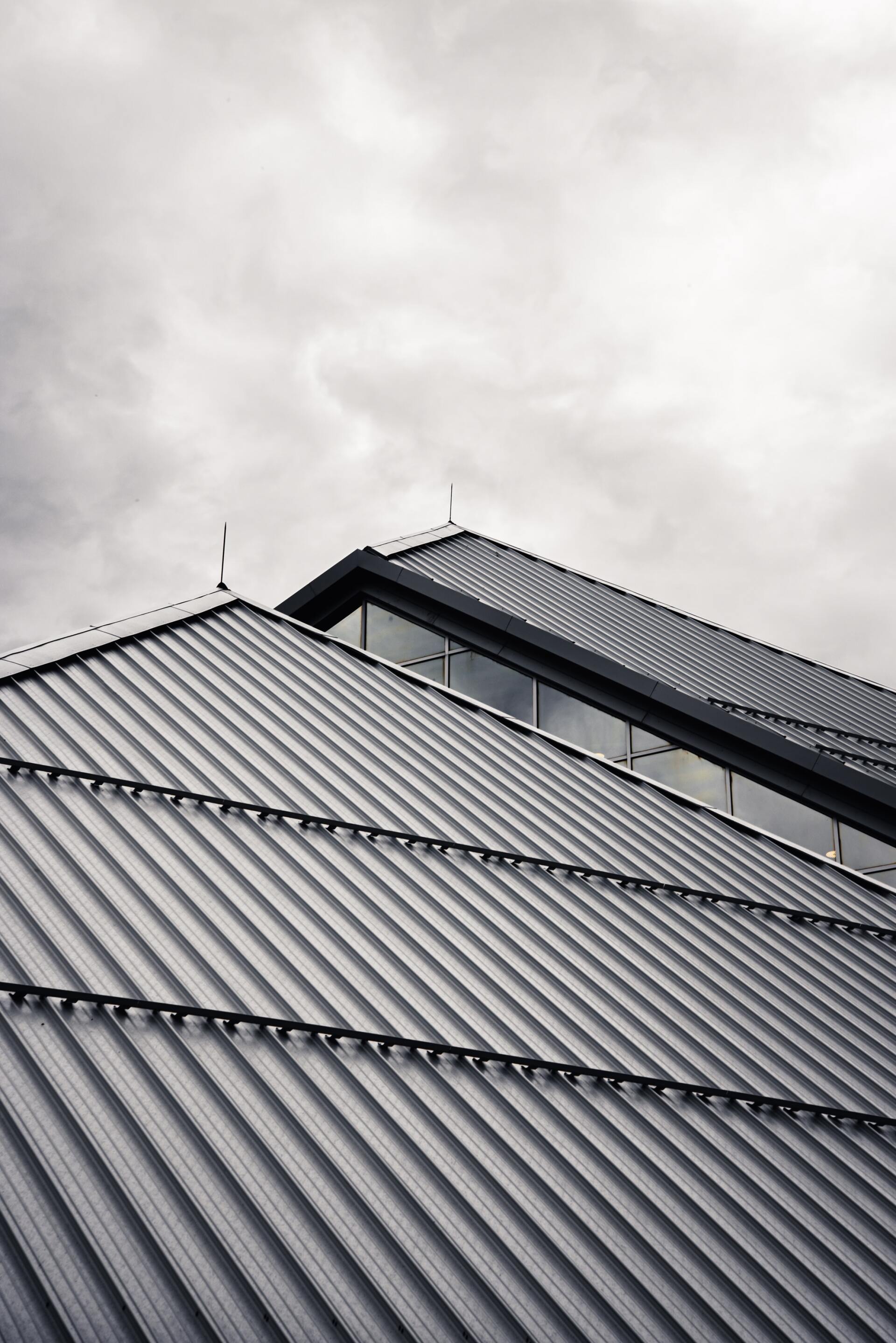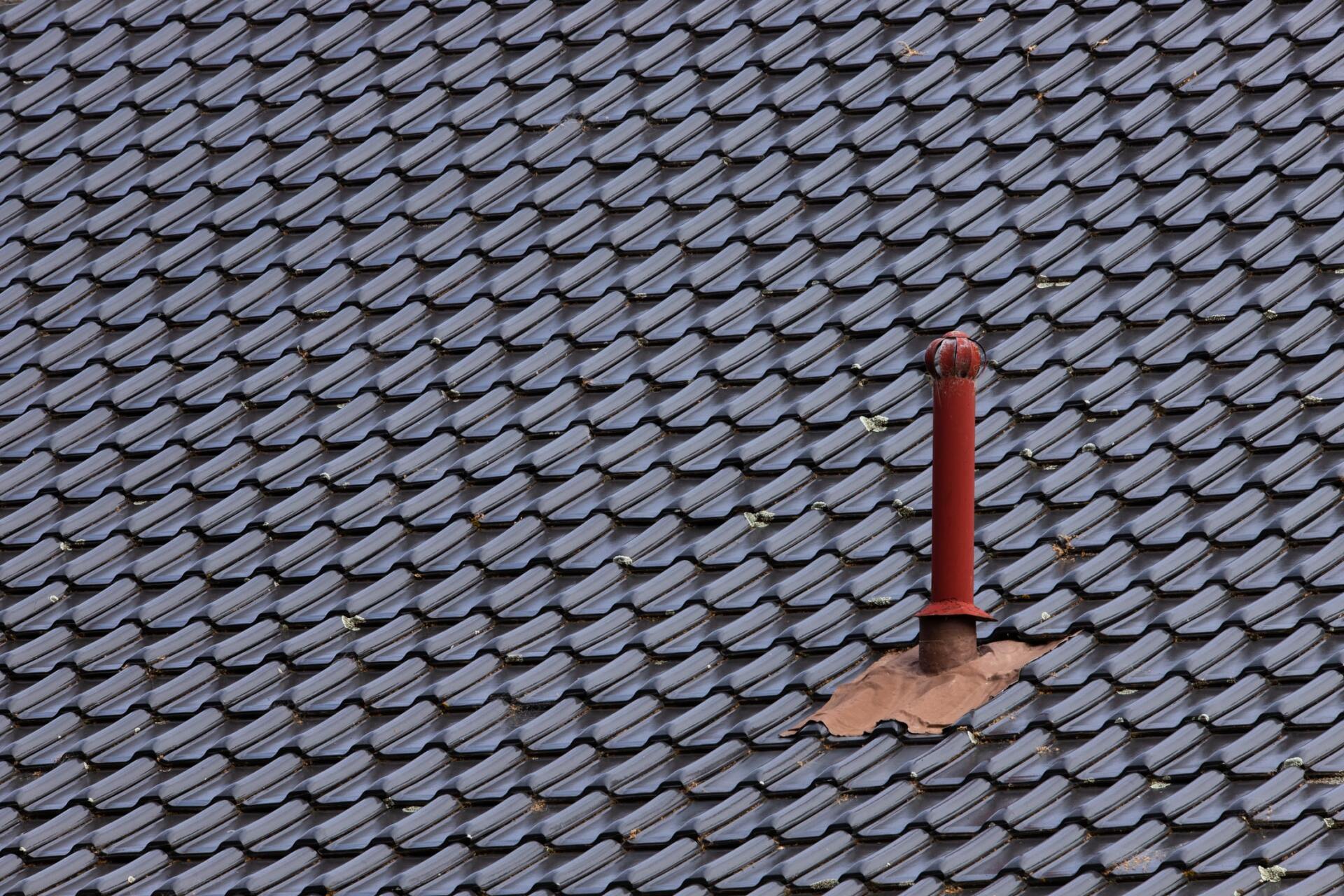12 ways to make your roof last longer
12 ways to make your roof last longer
What is the one thing that all homeowners want? A roof that lasts! While there are many factors involved in determining how long your roof will last, there are a few things you can do to help it out. Here are twelve ways to make sure your roof lasts longer:
Protect your roof from sun and rain damage
The sun and rain can be damaging to your roof. The sun's rays in the summer months, combined with moisture from rain and snow, are a recipe for disaster. And as you know, roofs need to last at least 20 years before they need any major repair or replacement work done on them. So how do we protect our roofs? Well, there are quite a few ways that you can go about this task: repairing leaks; applying sealant; installing vents; installing an attic fan (in high-traffic areas); cleaning gutters out after heavy storms so debris doesn't get lodged into them. All of these methods will help prolong the lifespan of your roof!
Covering vents cut through shingles
Vent covers are not just for aesthetics; they're also used to protect our roofs by keeping out debris, rainwater, and insects that could otherwise find their way onto our roof and cause damage. If you are recutting your shingles, be sure to replace the vent cover soon after!
Regular roof inspections
Even if you've done everything you can to protect your roof from sun and water damage, it's still a good idea to have your roof inspected regularly. A yearly inspection combined with any needed repairs will go a long way in keeping your roof looking great for years to come!
Use proper materials whenever possible
The quality of materials used on roofs is important. Whenever possible, use high-quality plywood products as opposed to cheaper ones. You're also better off installing asphalt tiles versus cheaper metal tiles; likewise with slate versus other forms of shingles (metal or asphalt).
Geo-textile underlayment is another important product that should be used whenever possible. This can help to keep your roof in tip-top shape for years to come!
Insist on quality workmanship
If you're having a new roof put on or an old one repaired, make sure that the workers do high-quality work. It will pay dividends in the long run when it comes down to working out any warranty issues if they've done shoddy work. If you have any qualms about the quality of their craftsmanship, make sure to point them out to the contractor so they can fix it before putting on your final shingles (or leave some filming material behind). Each layer of shingles adds more longevity and protection to your roof, so they must be done right!
Covering vents cut through flashing
Every time a vent is cut through the flashing on your roof, there is an increased chance of leaks and other problems. To prevent this from happening, make sure that you seal off the area where the two materials meet with a rubberized caulk product. The best way to get around cutting through shingles is by using roof hatches instead of vents or even open windows in some cases. But if you do have to use them for certain reasons (for example aesthetics), be sure not to leave any caulking undone at the point where the flashing and shingles come together. This will go a long way in preventing large amounts of damage down the road!
Keep it clean
It might be a good idea to get your roof cleaned on a semi-regular basis, especially in areas where the roof may have suffered some damage. If you're going to do it yourself, consider using products that are made for cleaning roofs (commonly available at home improvement and hardware stores).
Maintain the gutters and downspouts to prevent water from running across the shingles or into seams in the roof deck.
Keep debris out of your roof vents! If you have vents on top of your home they must be kept clean. They can easily become blocked with dirt and other materials which will adversely affect the airflow into and out of your attic space (likely resulting in mold growth). This may cause an increase in energy costs as well. You'll want to purchase a vent brush to keep them clear - these are available at most hardware stores.
Gutters should be cleaned of leaves, needles, etc. before they end up in your roof vents. You might also consider installing Leaf Free Rain Gutter guards which prevent most debris from entering your gutters in the first place.
Some homeowners choose to clean their roof pergolas or patio coverings yearly, for more thorough cleaning if you have them near your home it might be worth checking over before winter sets in to make sure that they're still free of leaks and debris. Roofing material like asphalt shingles can degrade rapidly during harsh winters, so if you don't need protection from snowfall, consider removing this as well.
Inspect for damage each time you climb onto your roof, as well as annually with a professional inspection by a licensed contractor.
Determine if your roof is properly covered with the recommended amount of material/layering to prevent leaks. If not, you may want to consider adding more or hiring a contractor to do so.
If you have wood siding and there are trees close enough to those areas, it could be that bird droppings are causing damage. The salt from the droppings can cause rot and deterioration, potentially costing you thousands of dollars in repairs later on down the line. Make sure that any branches or leaves which might fall into your roof area are removed for this reason as well!
Fix leaks immediately, even if they're just small ones; this will keep them from getting worse over time
Leaks in your home can be a problem, but they're even more of a problem when you don't know about them. Even if the leak is small, it's important to fix it as soon as possible so that you can prevent any larger leaks from occurring. Whether you have water coming through your ceiling or just notice your toilet has been running for days on end, these are all signs that there may be some kind of leak in your plumbing system and should be addressed immediately before things get worse.
If you see that your shingles are curling up, or they have been crumbled at the edges of your roof; these may be signs of water damage. Your shingles may start to curl and peel off if a hole has formed in them or along the edge. You should contact a contractor to get an inspection done immediately before they rip off completely.
Check the flashings around your roof for loose or missing materials; if you see any, make sure that they're repaired or replaced immediately. If you don't, water can leak behind your shingles and cause damage to the framing of your home!
Turn off your faucets when you're not using them. A leaky faucet that's leaking only 1 drop per second can waste up to 3 gallons of water every day.
Seal cracks in chimneys, vents, skylights, and other penetrations through the roof surface that could let moisture inside rot out your sheathing boards and rafters.
Seal cracks in chimneys, vents, skylights, and other penetrations through the roof or exterior wall of your home. Seal leaks in pipes, wires, and cables that penetrate the roof or exterior walls of your home.
If you have a flat roof, or your gutters are overflowing with debris; these are all tell-tale signs of impending water leaks and damage. Make sure that the surface is Level when repairing a leak to prevent further issues down the road.
The most important thing to consider in regards to attic insulation, however, is whether you need it or not. In most cases, attic insulation is not necessary unless you're trying to save money on your energy bill because the cost of adding it can be thousands of dollars for larger projects.
Replace cracked or missing shingles promptly before the wind-driven rain from a storm does further damage. Don't wait for the problem to become worse.
Caulk or seal around roof penetrations, including chimneys, vents, plumbing stacks, and skylights. Water may enter your attic through these areas and cause moisture problems that will eventually result in extensive mold growth and wood rot.
Examine the exterior of your home regularly for leaks. Fix any problems as soon as you recognize them, and clean up roof debris that could be falling onto your house. Many water damage can occur from a roof leak long before the first signs are visible, so routine visual inspection is important to preventing hidden damage. Small leaks or cracks often go unnoticed until they are bigger problems.

